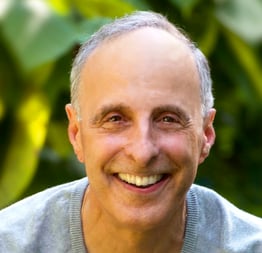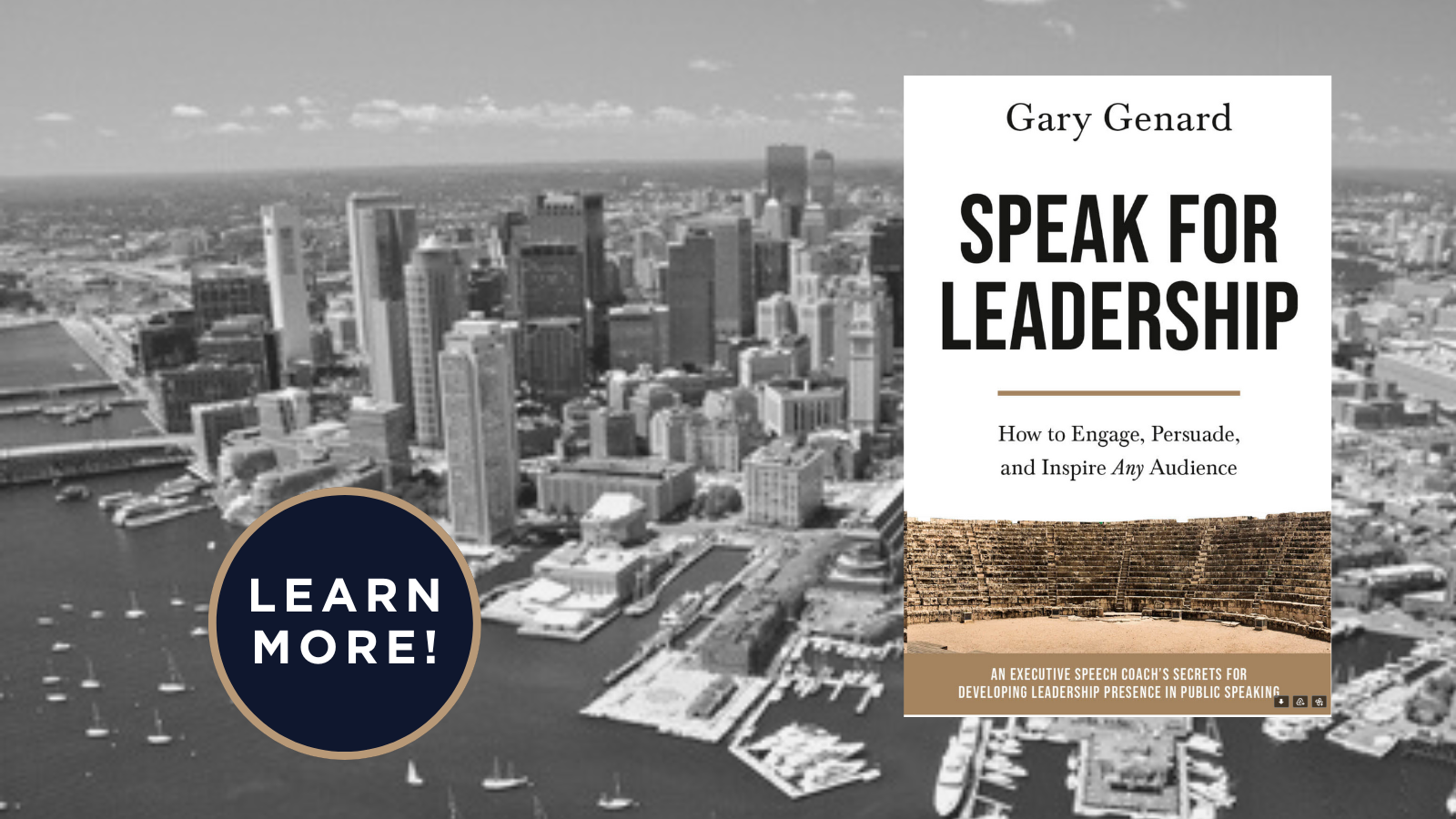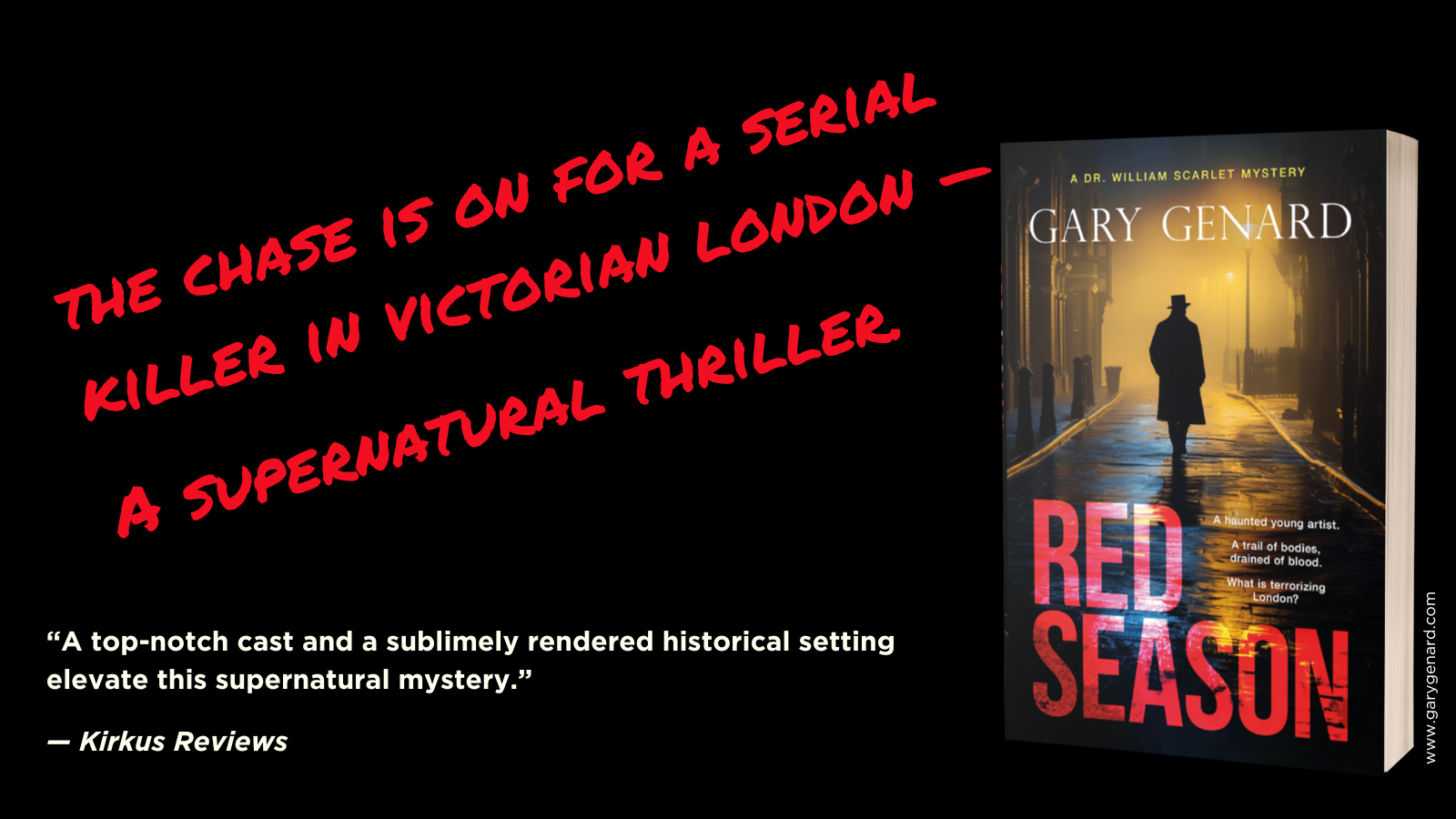Want to move audiences? Develop a powerful opening! Here is how to start a speech, including 12 foolproof ways to grab audiences in public speaking.
Let's talk about how to start a speech. When it comes to persuading, inspiring, or influencing an audience, your opening is by far the most important moment in your performance.
So how do you begin a presentation in ways that will get an audience on your side and start you on the road to speaking memorably?
Learn this skill and 101 tips and tricks for more successful speaking in my Public Speaking Handbook, How to Give a Speech. Also available as an Amazon bestseller!
Let's imagine that you're finally pitching to that audience of decision makers. It's the high-stakes opportunity you've been waiting for, and you've put together a killer presentation. There's just one problem: how do you start the thing off with a bang? Remember, anyone can give an ordinary presentation. It's your job to stand out from the crowd for career success.
Your Opening Sets the Tone of Your Presentation
You probably already know you need to begin with power and purpose. You're just not sure how . . . or for that matter, exactly why.
The answer is that, when it comes to influencing listeners in speeches and presentations, two concepts explain why your beginning and ending need to be particularly strong. I'll discuss both concepts here, then provide some powerful tools for your opening gambit: your speech Introduction.
Ready to set your audience on fire?
This article is available as a free PDF. Click here to download "How to Start a Speech - 12 Foolproof Ways to Grab Your Audience!" Learn and practice starting out powerfully!
Your Introduction and Conclusion Need to Be Strong
The two concepts concerning why you need to start and end strongly, are primacy and recency. Primacy states that people remember most vividly what they hear at the beginning of a speech. Recency says those same people will strongly recall what you say at the end. In terms of public speaking, this translates into your introduction and conclusion. And you really do need to start early. Here's how to create an opening your audience will remember.
In more practical terms, there are three specific reasons why your introduction needs to be engaging and interesting immediately:
(1) Audiences make judgments about you and your message in the first minute. After that point, you'll be able to change those opinions about as easily as you can change a hamster into a ham sandwich. So here's how to be strong in the first 60 seconds of your speech.
(2) Your opening sets the entire tone of your presentation (including whether you'll be interesting or not).
(3) This is when you introduce your message and tell the audience why they should listen.
Sound like a tall order? It isn't, if you use the seven key components of successful presentations. Your audience needs to be both fully engaged and predisposed favorably toward you and your message. Neither will happen unless you can grab their attention, so they're onboard when you spin your verbal magic. Keep reading to learn how that's done.
Ready to boost your influence with stakeholders? Grab your copy of my book, Speak for Leadership. Learn an executive speech coach's secrets! Get it today here or on Amazon.
Using Creativity in Business Presentations
Achieving the objective of a 'grabbing' opening takes thought, a bit of imagination, and yes, a little creativity. The good news is that since you know your topic well and you're psyched up for the big game (it's an audience of decision-makers, remember?), you should be well positioned to succeed.
Primacy won't have much of a chance to operate, though, if you use what I call the 'Today, I'm going to talk about . . .' opening. This is boring! Be on the lookout instead for something that will pique the interest of your listeners, and perhaps surprise them. And here's something else you absolutely need to know: 20 ways to connect with an audience for lasting influence.
A few minutes of focused thinking should be all you need to know how to come up with an effective opening. And remember to avoid that I call introducing your introduction. That sounds like this: 'Let me start out with a story . . .', or, 'I heard a very funny joke the other day . . . ' Or even the inexplicable 'Before I begin . . . ' since you've already begun!
Just tell us the story, the joke, or the in-the-know reference that will delight your listeners. But if you signal your effect beforehand, you water down its potency and its power to surprise.
So how can you be completely focused and on your game?
12 Powerful Ways to Start a Speech or Presentation
As a springboard to launching your presentation with verve and originality, here are a dozen rhetorical devices you can use. Each of them is an effective 'speech hook that you can use to start any speech or presentation:
- Question
- Story
- Quotation
- Visual
- Statistic
- Startling statement
- Personal anecdote or experience
- Humor
- Expert opinion
- Sound effect
- Physical object or demonstration
- Testimony or success story
You could literally think of dozens more from your own experience or that of your audience. Remember, the best grabbers engage an audience immediately, both intellectually and emotionally. Interestingly, these same devices can be used to conclude in a way that keeps your audience thinking about what you said. It's all part of my six rules for effective public speaking.
Coming up with an exciting grabber and clincher involves some work on your part. But the rewards if you're successful more than justify the effort.
Famous Speech Openings
How about a few examples? Here are four great openings that illustrate some of the grabbers listed above:
Jesus, Sermon on the Mount: "Blessed are the poor in spirit: for theirs is the kingdom of heaven." — Startling statement.
Bill Clinton, 1993 speech in Memphis to ministers (after having heard himself introduced as "Bishop Clinton"): "You know, in the last ten months, I've been called a lot of things, but nobody's called me a bishop yet. When I was about nine years old, my beloved and now departed grandmother, who was a very wise woman, looked at me and she said, 'You know, I believe you could be a preacher if you were just a little better boy.'" — Humor
Jane Fonda in her TED Talk "Life's Third Act": "There have been many revolutions over the last century, but perhaps none as significant as the longevity revolution. We are living on average today 34 years longer than our great-grandparents did. Think about that: that's an entire second adult lifetime that's been added to our lifespan." — Statistic.
Steve Jobs, 2005 Commencement Address at Stanford University: "Truth be told, I never graduated from college, and this is the closest I've ever gotten to a college graduation. Today, I want to tell you three stories from my life. That's it, no big deal—just three stories. The first story is about connecting the dots. I dropped out of Reed College after the first six months, but then stayed around as a drop-in for another eighteen months or so before I really quit. So why'd I drop out? It started before I was born." — Story, with a seamless transition into his speech.
Do you read thrillers and supernatural suspense? If you do, you'll like Dr. William Scarlet, a Scotland Yard police surgeon and psychic. Start reading Series Book #1 Red Season today!
You should follow me on Twitter here.

Gary Genard is an actor, author, and expert in public speaking training and overcoming speaking fear. His company, Boston-based The Genard Method offers live 1:1 Zoom executive coaching and corporate group training worldwide. In 2022 for the ninth consecutive year, Gary has been ranked by Global Gurus as One of the World’s Top 30 Communication Professionals. He is the author of the Amazon Best-Seller How to Give a Speech. His second book, Fearless Speaking, was named in 2019 as "One of the 100 Best Confidence Books of All Time." His handbook for presenting in videoconferences, Speaking Virtually offers strategies and tools for developing virtual presence in online meetings. His latest book is Speak for Leadership: An Executive Speech Coach's Secrets. Contact Gary here.






